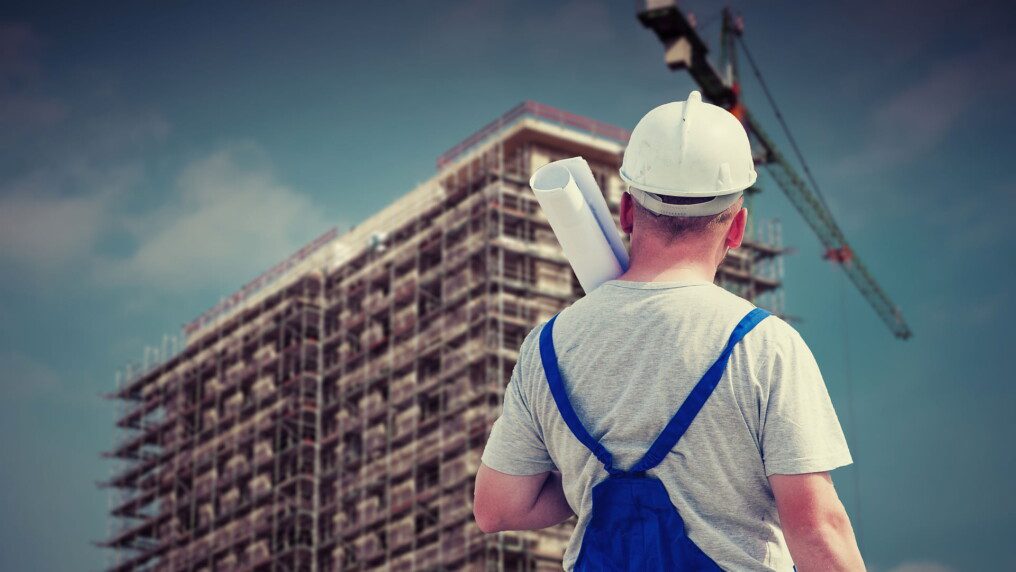
Commercial buildings get hard use and are usually large. The structures can be damaged by weather or flooding events, foundation issues, and other causes. As buildings age, some building materials wear out. Whatever the cause of building damage, the issue must be promptly repaired to protect the integrity of the building. A well-maintained building is worth more money and retains that value longer.
One of the most important aspects of any construction project is hiring the right set of tools and equipment. While come infrastructure companies have their own, others look to get on board an expert supplier like Lakeside-hire.co.uk to fulfil all the requirements. Established players in the market focus on effectiveness and safety and provide the latest and most productive tools that improve processes, speed up functions and enable workers to carry out their tasks without having to worry about the dangers of getting hurt.
Hire an Engineering Company:
Commercial buildings have issues not found in smaller residential buildings. For this reason, an engineering firm should be contacted to inspect the building and report on needed repairs. Commercial building owners may hire Cochran Engineering to oversee their building repair issues. An engineering company can inspect a large commercial building to find any issues that will affect its structural integrity. They will then design a plan to remedy defects such as water leakage, drainage, or foundation problems.
An engineering company is capable of land planning, building design, space planning, and tenant build-outs, civil engineering, environmental and geotechnical services, construction services, and more. These services help owners of commercial buildings and businessmen hoping to build a new building get the best result from their construction project.
A Safe Construction Site or Building Repair Site:
The best engineering and construction companies follow OSHA safety guidelines and rules. The most common hazards for workers during construction projects include:
- Repetitive motion injuries
- Electric shock and arc flash
- Falls from high places such as scaffolds and ladders
- Failure to use the correct personal protective safety equipment
- Trench collapse
- Scaffold collapse
There are OSHA standards that are most often cited. Hazards and the suggested solutions to follow for workplace safety. It’s best to attend a 10 hour osha training to make sure you are aware of potential hazards and to remain compliant at all times.
- Scaffolding must be sound, sufficient to carry the required weight, and rigid. It must be constructed and located on a firm, stable base, and it must be tightly planked and have guardrails, toeboards, and mid rails. After the scaffold is built, it must be inspected by a competent person.
2. Excavations. Make every effort to control the area and eliminate safety hazards.
3. Fall protection. Use guardrail systems, cover floor holes, and use a safety net or personal fall arrest systems.
4. Ladders and Stairways. Use the proper ladder for the job. Only use ladders in good, strong condition, and don’t overload them. Keep stairways unobstructed, and have treads that cover the whole step and landing.
5. Hazard Communication. Label and store chemicals safely, communicate dangers, and proper handling of chemicals. Have a written spill control plan.
6. Head protection. Workers should wear hard hats that are in good condition.
7. Construction. Follow all the general construction safety procedures.
8. Electrical wiring. All electrical services must be grounded and inspected before they can be worked on. All extension cords must be commercial grade and protected from damage.
9. Trenching. Use a registered engineer to design a protective system. Provide a safe way to exit the trench, and use shoring and supports to keep the trench stable.
There are additional steps to take for the safe renovation and repair of a commercial building.
- Set up work areas in a way that prevents spreading dust.
- Employ protective measures both inside and outside.
- Leave all work areas clean.
- Use tools to minimize the production of heat and dust.
- Communicate with the building security, third parties, and building occupants. Notify them about the type of work being done.
- Comply with all occupational protective regulations.
- Keep the work area secure by using warning signs, lock fences or doors to the work area during off-hours, and only allow authorized people on the worksite.
Careful planning and a safety checklist will help keep renovations and repair jobs on commercial buildings safe.
Read Also:




























